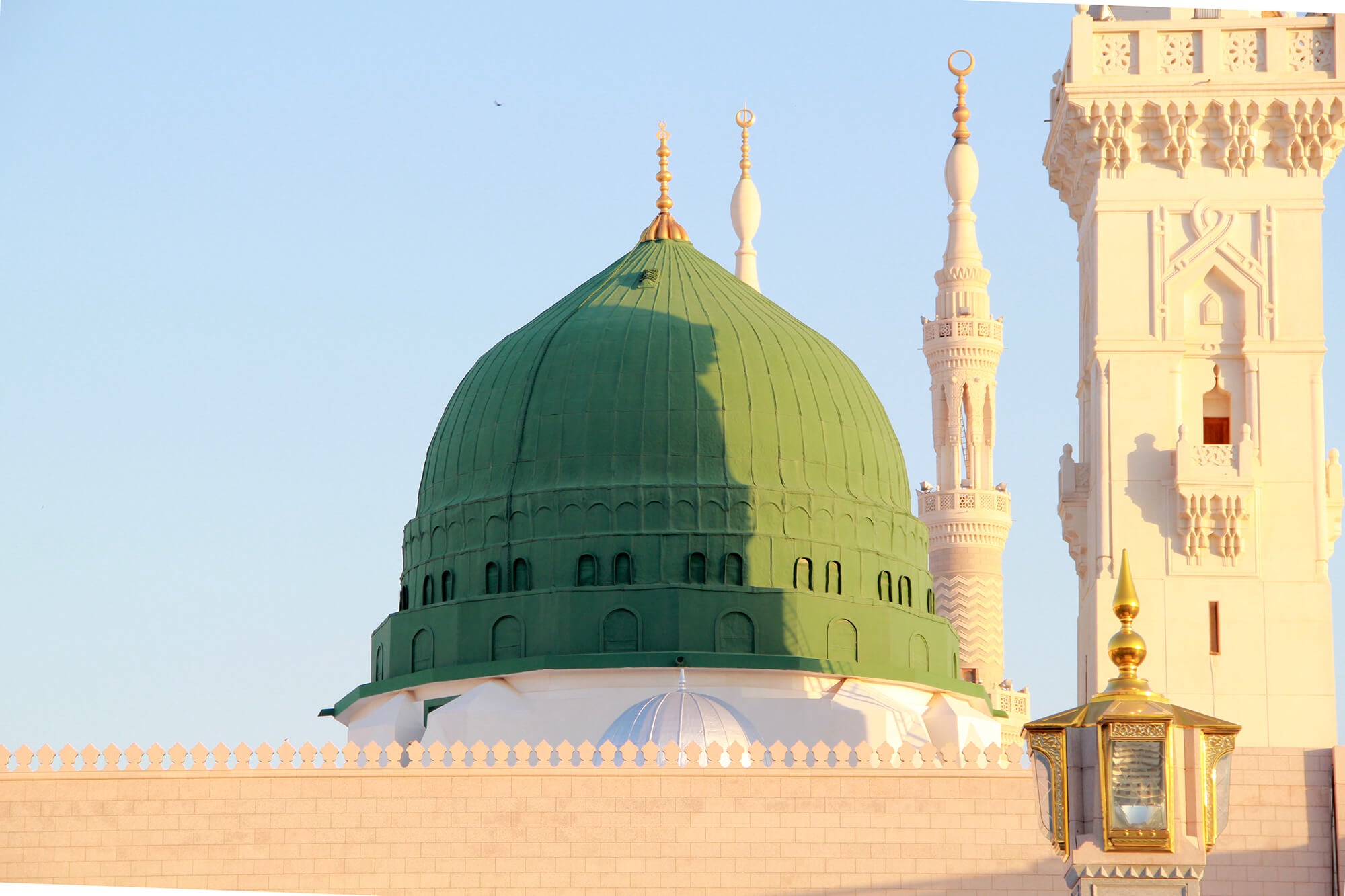Al-Masjid an-Nabawi: The Prophet's Mosque
Al-Masjid an-Nabawi (Arabic: المسجد النبوي, lit. 'The Prophetic Mosque'), known in English as The Prophet's Mosque, is a significant mosque built by the Prophet Muhammad (ﷺ) in the city of Madinah Al Munawwarah. It is the second mosque constructed by the Prophet in Madinah, following Masjid Quba', and holds the title of the second-largest mosque and the second holiest site in Islam, ranking after Masjid al-Haram in Makkah.
The Acquisition of the Land
The land on which Al-Masjid an-Nabawi stands originally belonged to two young orphans, Sahl and Suhayl. When they learned that the Prophet Muhammad (ﷺ) wished to use their land to build a mosque, they generously offered it to him as a gift. However, the Prophet insisted on paying for the land, respecting their status as orphans.
The agreed price was paid by Abu Ayyub al-Ansari, who became the endower (waqif) of Al-Masjid an-Nabawi on behalf of the Prophet Muhammad (ﷺ). Al-Ansari also had the honor of hosting the Prophet upon his arrival in Madinah in 622.
Construction and Initial Use
The Prophet Muhammad (ﷺ) personally participated in the construction of the mosque. Initially an open-air building, Al-Masjid an-Nabawi served multiple roles: it was a community center, a court of law, and a religious school. It featured a raised platform or pulpit (minbar) from which the Quran was taught and the Prophet delivered the Friday sermon (Khutbah).
Expansion and Enhancements
Over the centuries, successive Islamic rulers have greatly expanded and adorned Al-Masjid an-Nabawi, naming its walls, doors, and minarets after themselves and their ancestors. These contributions have made the mosque not only a place of profound spiritual significance but also a monument of Islamic architectural beauty.
Conclusion
Al-Masjid an-Nabawi stands as a central pillar of Islamic faith and history. Its origins, tied directly to the Prophet Muhammad (ﷺ), and its continued expansion and beautification reflect its enduring importance to Muslims around the world. The mosque remains a vibrant center of worship and learning, attracting millions of pilgrims annually.
Summary
Al-Masjid an-Nabawi, or The Prophet's Mosque, is a significant mosque in Madinah, built by the Prophet Muhammad (ﷺ). It is the second holiest site in Islam after Masjid al-Haram in Makkah. The land for the mosque was generously offered by two orphaned brothers, with the purchase price paid by Abu Ayyub al-Ansari. Initially serving as a community center, court, and school, the mosque has been expanded and decorated by subsequent Islamic rulers. Today, it stands as a central site of worship and pilgrimage for Muslims worldwide.

